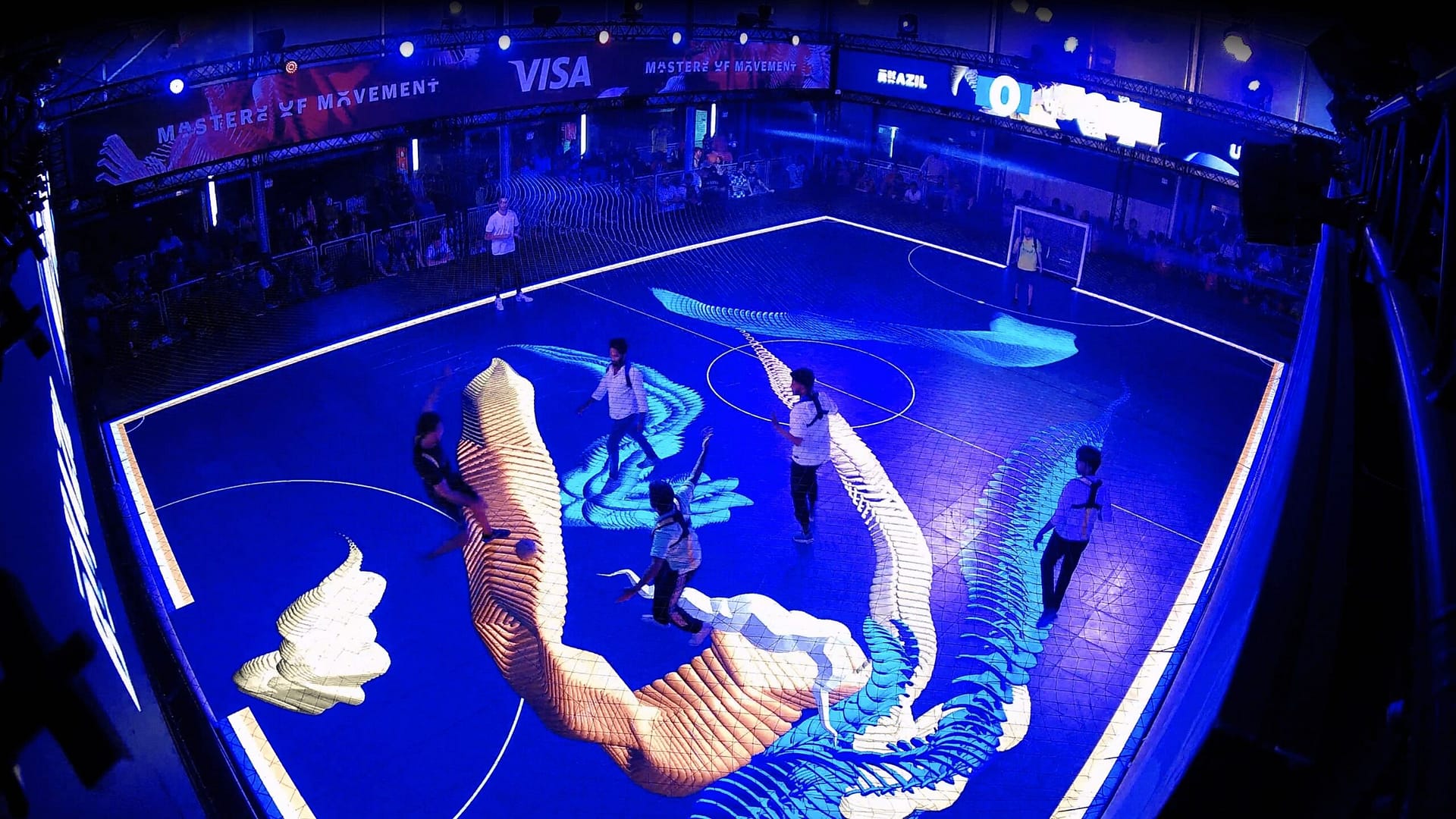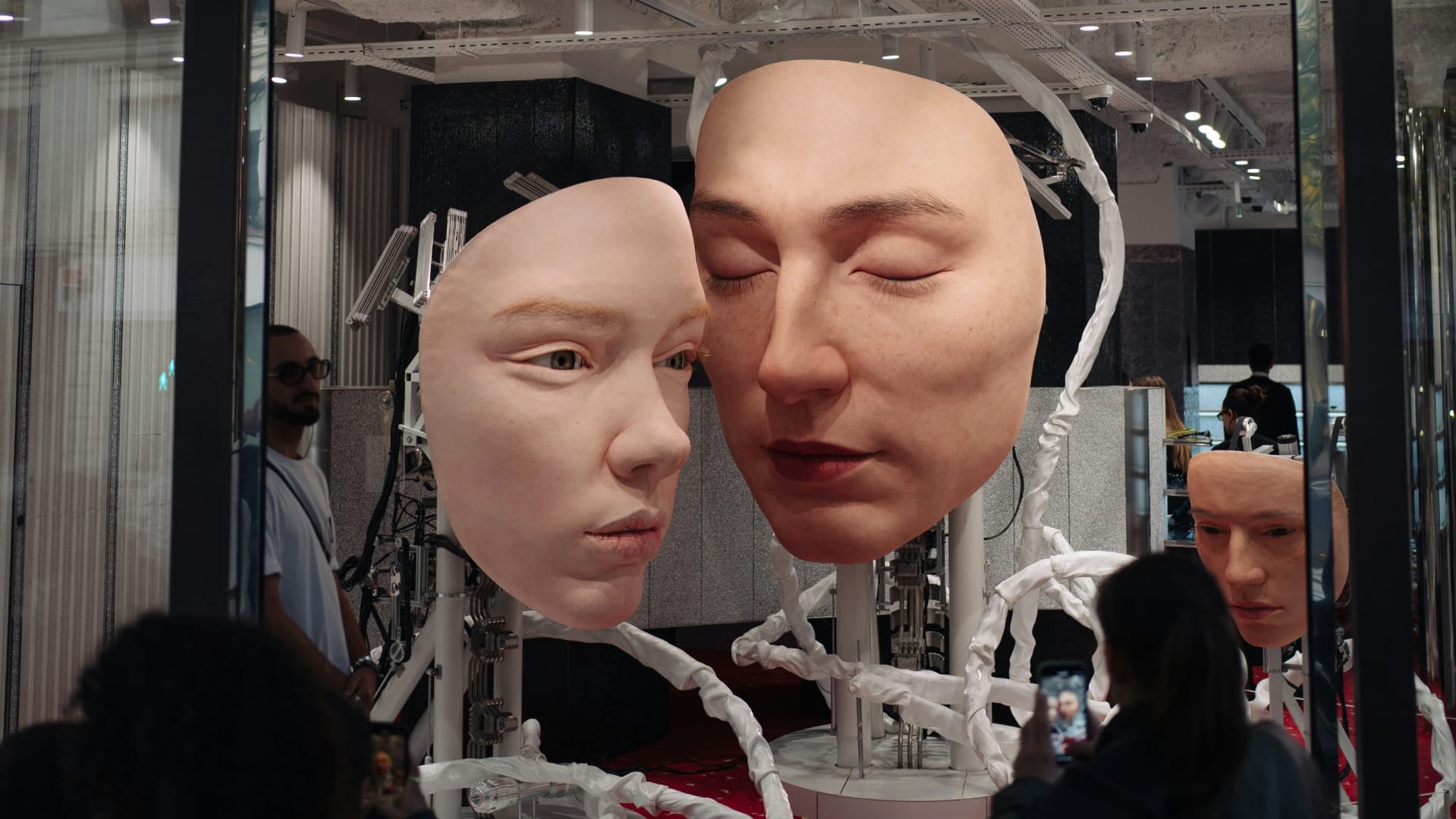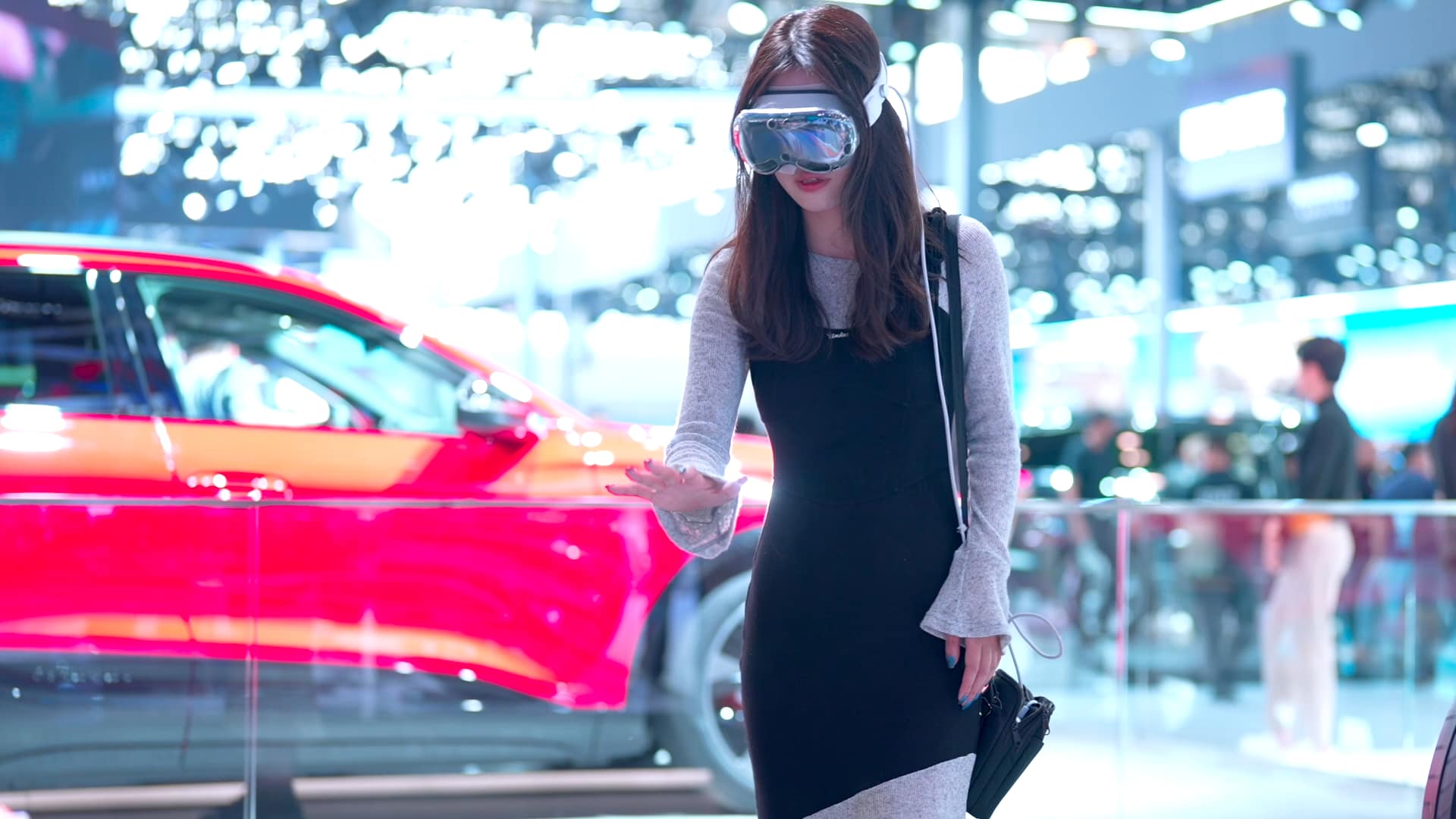
This article first appeared in Sports Business Journal.
Spectating at sporting events is one of the most thrilling, immersive and adrenaline-fueled leisure activities people can easily partake in. Being part of a crowd, among fellow supporters, watching the competition play out in front of you engages fans, no matter what the sport.
In the UK currently, we have the Wimbledon tennis championship and the Ashes cricket tournament being battled out in front of capacity crowds. But today, in our digital age that constantly pushes the boundaries of what we can expect from experiences, opportunities around sport are also changing. Sports brands are looking for innovative ways to engage their audiences, to create more personalised experiences that use all that the advancements in data and technology have to offer.
Wimbledon has been exploring multiple areas where this new technology can make a change. The recent launch of Race to Wimbledon on Fortnite shows the ongoing potential of sandbox games. The All England Lawn Tennis Club is giving fans new ways of getting involved in the tournament. The game sees players travel through the Wimbledon suburbs — by a variety of means — dodging obstacles and passing landmarks, racing to be the first to reach Centre Court. And through Wimbledon’s partnership with American Express, one winner of Race to Wimbledon will have the chance to win a pair of VIP tickets, flights and accommodation to see this year’s men’s singles final.
In the real world, IBM has had a long-term partnership with The All England Club, and this year it has added generative AI-based services to give more personalised content and statistics to bolster the fan experience. This includes AI-based commentary and statistical analyses of players’ performances and the favourability of their draws.
It’s not limited to tennis — we’re seeing activity in several sports. Last month, MLB signed a deal with Uplift Labs to use the tech company’s movement tracking technology to help scout for players in the minor leagues. Uplift Labs’ mobile 3D motion capture can track players’ movements in 3D using just a pair of iPhones strategically placed on tripods — making it more accessible and efficient.
At the 2022 FIFA World Cup in the Middle East, Imagination worked with Visa to create its Masters of Movement experience, which used generative design to combine art and football. Using tracking technology, footballers’ moves were fed into an algorithm and the resulting flowing, real-time brush strokes became pieces of dynamic, digital art.
And this digital experience extended into a fan experience as visitors to the FIFA Fan Festival in Doha could take part in the experience and become artists themselves. This example of generative design extended fan engagement beyond the traditional spectator format, incorporating personalised elements, such as customised visuals and tailored interactions.
Of course, for heritage sports, it’s a fine balance between protecting the integrity of the institutions and experimenting and exploring new avenues of interaction and analysis. For everyone who welcomes Hawk-Eye there’s a VAR detractor. Keeping fans onside with advancements in technology can be as big a part of their success as the technology itself.
But those willing to experiment with new versions of themselves and on new platforms, can better engage with future generations of sports fans. This isn’t just a nice-to-have, but an essential. The way that younger audiences are watching sports is changing. More than 90% of Gen Z watch sports on social media in preference to traditional linear channels. And they want new, more interactive ways to explore sports formats.
Many sports have adapted and introduced new, faster-paced or high-action modifications to appeal to younger fans with greater calls on their attention. We’ve seen this with MLB and Home Run Derby X, golf and TGLGolf and cricket and The Hundred to name a few.
So, in some cases the sports are changing, and in many cases the design of experiences around the sports is changing. By making the most of real-time data, art and technology, brands can use generative design to revolutionise fan experiences — building strong and relevant emotional connections.
For experience design, the emergence of tech like generative AI opens a world of possibilities to create immersive, intelligent fan experiences that both create lasting memories, and deliver powerful ROI for brands.
Done at its best, this fosters a deeper sense of fan belonging by bringing the best of the collective fan experience and combining it with the empowerment of personalisation and individuality.


